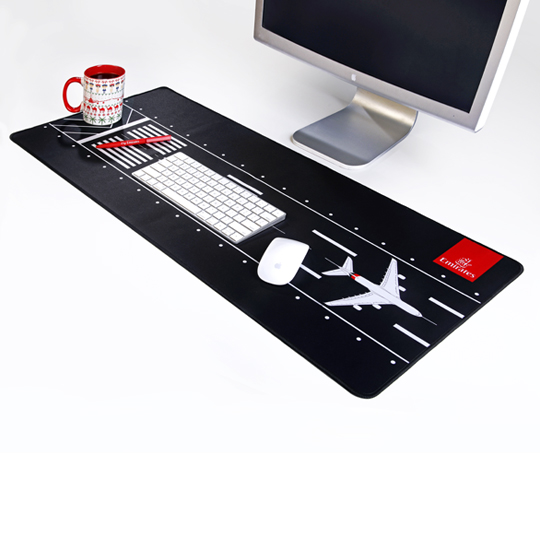
Recent research on the effects of PFAS has prompted review from the EPA and other regulator bodies to study the distribution of PFAS contamination and seek techniques to mitigate the effects on the environment. Although PFAS-free alternatives are being developed, toxic PFAS compounds remain in the soil around many civilian and military airfields. Many AFFFs contain Per- and polyfluoroalkyl substances (PFAS) which are toxic and non-biodegradable leaving soil contaminated.
#AIRPORT RUNWAY MAT MANUAL#
FOD Prevention Plans typically rely on manual inspections to prevent vehicle FOD.Īirports have historically used fire-fighting foams aqueous film forming foam (AFFF, or alcohol resistant AR-AFFF). Access Roads often cross aircraft taxiways which may be marked with a "zipper." This intersection of vehicles and aircraft traffic poses a risk for vehicles to track external FOD directly into the path of aircraft. Vehicles travel along external roads and highways and then enter the airfield access roads as they travel to the apron. This process of FOD prevention is a tremendous solution for any private, commercial or military airfield. This material is recoverable by airfield operations staff to catalog and be able to identify consistent sources of FOD debris for further protocol to address FOD root causes. The FOD material that is released from the tire is then captured onto the mat and not accessible to successive vehicles that travel across the mats. The blunt nosed pyramids on the FODS mats are an engineered solution designed to manipulate the treads of the tires to release any trapped debris onto the mat itself allowing the vehicle to be cleared of any materials prior to entry. (Whether an airfield relies on a FOD sweeper, FOD walks or FOD radar, the risk is already present in that you are addressing debris that has been introduced from vehicles which has made its way to the flight line.) Preventative FOD ManagementįODS mats work to prevent any material from entering the airfield by clearing the tire treads prior to entry onto the flight line. There are also FOD radar systems that scan the ground looking for anomalies that may indicate debris to be investigated. FOD Boss is a popular tool that uses ground friction to pick up small items left from vehicle traffic on a flight line. Magnetic bars are attached to vehicles which are used to capture metalic debris. There are standard FOD prevention protocols that are typically focused on finding and clearing debris that is already on the airfield. The cost to repair an engine damaged from FOD can easily cost in excess of $1 million. Even a small amount of debris sucked through the intake of a jet engine can damage the turbine blades and other sensitive components of the engine. The other end of this danger is on the intake side. With the common effects of jet blast, rotor wash and propeller blast these items can be sent airborne with tremendous velocity and damage other aircraft, equipment, buildings and very easy harm or kill personnel. The released debris then poses significant safety concerns to property, equipment and personnel once introduced to the airfield. The vehicle’s tires trap debris such as rocks, mud, vegetation, hardware (such as nuts, bolts, screws) and stones in the treads of the tire and potentially release them on the flight line. These vehicles can consist of fuel trucks, maintenance trucks, crew vehicles and many more. One of the most common ways is vehicle traffic entering from outside the airfield.

FOD is presented in many ways into a flight line. FOD is a well-known acronym that stands for Foreign Object Debris or Foreign Object Damage. One of the biggest battles that airfield managers and operators face is FOD prevention.


 0 kommentar(er)
0 kommentar(er)
